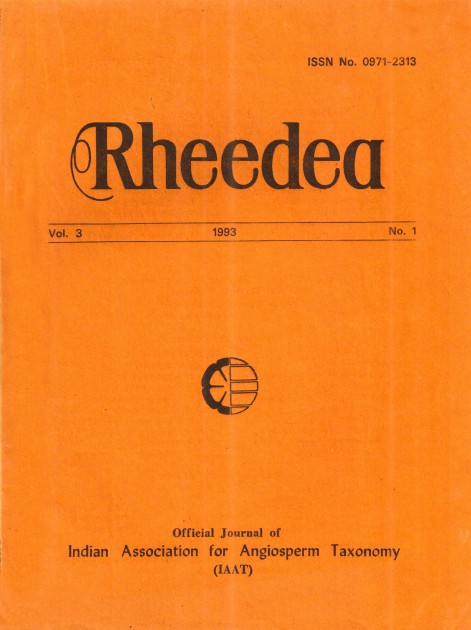Evolutionary history and classification of the Laurales, especially of the Monimiaceae: Deductions based on fossil records and on the Anthocorm Theory
Meeuse A.D.J.
Published on : 01-Jan-2022
DOI : https://dx.doi.org/10.22244/rheedea.1993.03.01.07
DownloadAbstract
Thi! putative phylogeny and relationships of the Laurales, in particular of the Monimiaceae, are discussed in the light of fossil evidence and of interpretations based on the Anthocorrn Theory. The conclusion is drawn that the group is a close-knit, ancient one at least as old or possibly even older than the Magnoliales, and that the recent representatives are terminal and did not give rise to other, more advanced forms. There are, therefore, reasons to raise this taxon to the rank of Lauranae, The Calycanthaceae (the ldiospermaceae inclusive) are aberrant because they have holanths in contrast to the other lauralean families that bear anthoids. The twining and parasitic genus Cassytha, conventionally a member of the Lauraceae, is also aberrant and apparently represents an early offshoot from a lineage that led to the recent Lauraceae and related families, so that a point can be made for the recognition of a separate family Cassythaceae. The Trimeniaceae are also an early offshoot of a lineage leading to the Lauraceaenexus and presumably also to Cassytha. Some results and interpreations have been applied to other groups such as Chloranthaceaa and Piperales, and a suggestion is made regarding the origin of other twining parasites such as the Convolvulaceae-Cuscuteaa.
